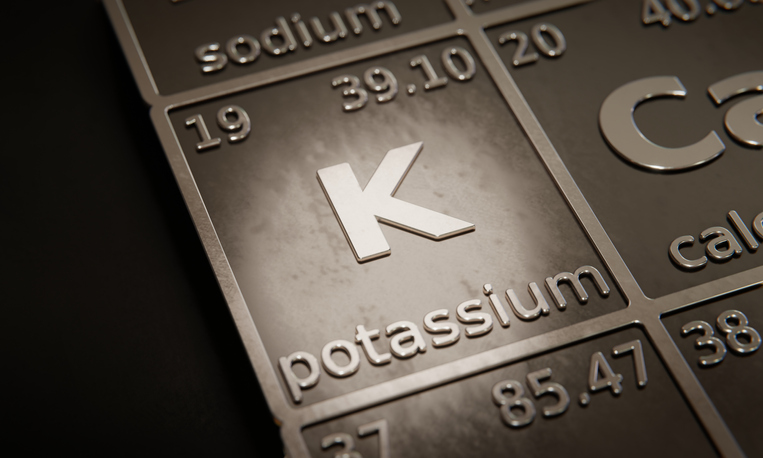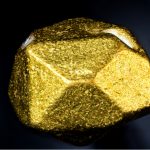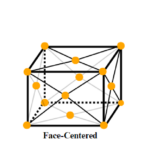The most reactive metal group on the periodic table is the alkali metals. In this article, we review why that is true and the use of these metals in laboratory and industry settings.
Why are Alkali Metals the Most Reactive?
Alkali metals consist of the first group, or column, on the periodic table, excluding hydrogen. Alkali metals are soft and very reactive elements that have a low melting point due to their weak metallic bonding. They are so reactive that they usually combine with other elements for stability. In most cases, they blend in compounds such as sodium chloride and potassium chloride. Here’s a look at the different elements within the alkali metal group:
- Lithium
- Sodium
- Potassium
- Rubidium
- Cesium
- Francium
To understand why alkali metals are the most reactive metal group, we first need to look at how reactions between elements work. Atoms form chemical bonds in order to reach their most stable form. They do this by filling out their outer shell with electrons. Most elements, besides a few exceptions, need eight valence electrons to satisfy this, also called the octet rule. To form these bonds, an element can either share or donate valence electrons so that both elements satisfy the octet rule. The three major types of chemical bonds formed are ionic bonds, covalent bonds, and hydrogen bonds.
Alkali metals have larger radii and lower ionization energies compared to the other metals on the periodic table. These properties, along with the fact that they only have one valence electron that they tend to donate, make the metal group the most reactive. Since the one valence electron lies farther from the nucleus, it has the least attraction and tends to act as a donator during reactions. Because of this, alkali metals tend to react with the Halogens, which have seven valence electrons and consist of Fluorine, Chlorine, Bromine, Iodine, and Astatine. This allows for both elements to fulfill the octet rule and become stable.
These metals react violently to water and quickly to air. When alkali metals react they form caustic metal oxides or ignite sp
ontaneously. When heated and placed in a jar of oxygen gas, the production of white smoke occurs. Heat, hydrogen gas, and metal hydroxide are all outcomes of mixing alkali metals with water. In some cases, the heat ignites the hydrogen gas and causes a fire or explosion.
Laboratory and Industry Settings of Alkali Metals
Alkali metals are frequently used in laboratory and industrial settings, whether it be for commercial products or for running tests on reactivity.
Alkali Metals in the Laboratory
With their unique ability to be the most reactive, alkali metal offer a variety of real world applications.
Lithium helps treat bipolar disorder through neuroleptics. It helps with the long-term prevention of mania and bipolar depression, as well as suicidal behavior. Lithium is inexpensive and remains the standard when compared to alternative solutions to long-term effects of bipolar disorder.

Sodium, while necessary in our diets, can become a problem if consumption levels are too high. Too much sodium can lead to high blood pressure, heart disease, and strokes. On the other hand, not enough sodium can lead to muscle cramps, nausea, dizziness, and even shock if it is extreme enough.
Potassium plays a huge role in our health and is studied for its correlation to hypertension, kidney stones, bone health, and type 2 diabetes. An increase in potassium in one’s diet can improve all of these problems as well as overall health. Less extreme effects of a low potassium diet include weakness, muscle cramps, constipation, and arrhythmia.
Rubidium is often the atom of choice in low-temperature experiments. Rubidium’s atomic energy level system allows for laser cooling, making it well-suited for atomic physics experiments. Rubidium sees frequent laboratory use to remove any compounds from testing tubes, thus reducing the risks of unwanted reactions and incorrect test results.
Cesium is being researched for the treatment of several forms of cancer, including prostate, cervical, and endometrial cancers. Radioactive isotopes of Cesium and iodine find use in brachytherapy seeds. Doctors insert these radioactive pods within the cancerous tissue as a form of treatment.
Francium does not have a lot of uses due to its radioactiveness. Scientists have considered using Francium for cancer diagnostics but it is an impractical option compared to the alternatives due to high costs.
Most Reactive Meal Group Industry Uses
Lithium has many uses and finds applications in glasses, ceramics, and pharmaceuticals. However, the biggest use for it is in lithium batteries because it has the highest charge-to-weight ratio. Lithium is the lightest metal and has the greatest electrochemical potential out of all the alkali metals.
Out of all the alkali metals, sodium is the most commercially used element. Items such as baking soda, salt, detergent, pharmaceuticals, and cleaning supplies all use sodium in some way. Sodium Chloride, or salt, has been used for thousands of years as a preservative for food. Salt dehydrates the food and reduces the water activity to prevent food-borne pathogens and bacteria from growing. The use of free chlorine in drinking water ensures pathogens are destroyed.
Potassium, just like sodium, classifies as a free metal but finds infrequent industry use. Potassium salts are frequently used in fertilizers because it is nutrient-rich and relatively cheap. When blended with chloride, potassium chloride often replaces salt in food items such as baby formulas, meat, and soups.

Rubidium is not frequently used but can be seen in the use of photocell manufacturing and to remove traces of gasses in vacuum tubes. With more research, rubidium has future applications such as vapor turbines and ion engines.
Cesium blends into drilling fluids and optical glasses. However, its most important use is in clocks and GPS satellites. Cesium clocks are extremely accurate and even serve as the definition of second in the International System of Units.
Francium has no uses outside the laboratory because of its rarity and high radioactiveness. It also has a half-life of 22 minutes, making it not practical for commercial use.



